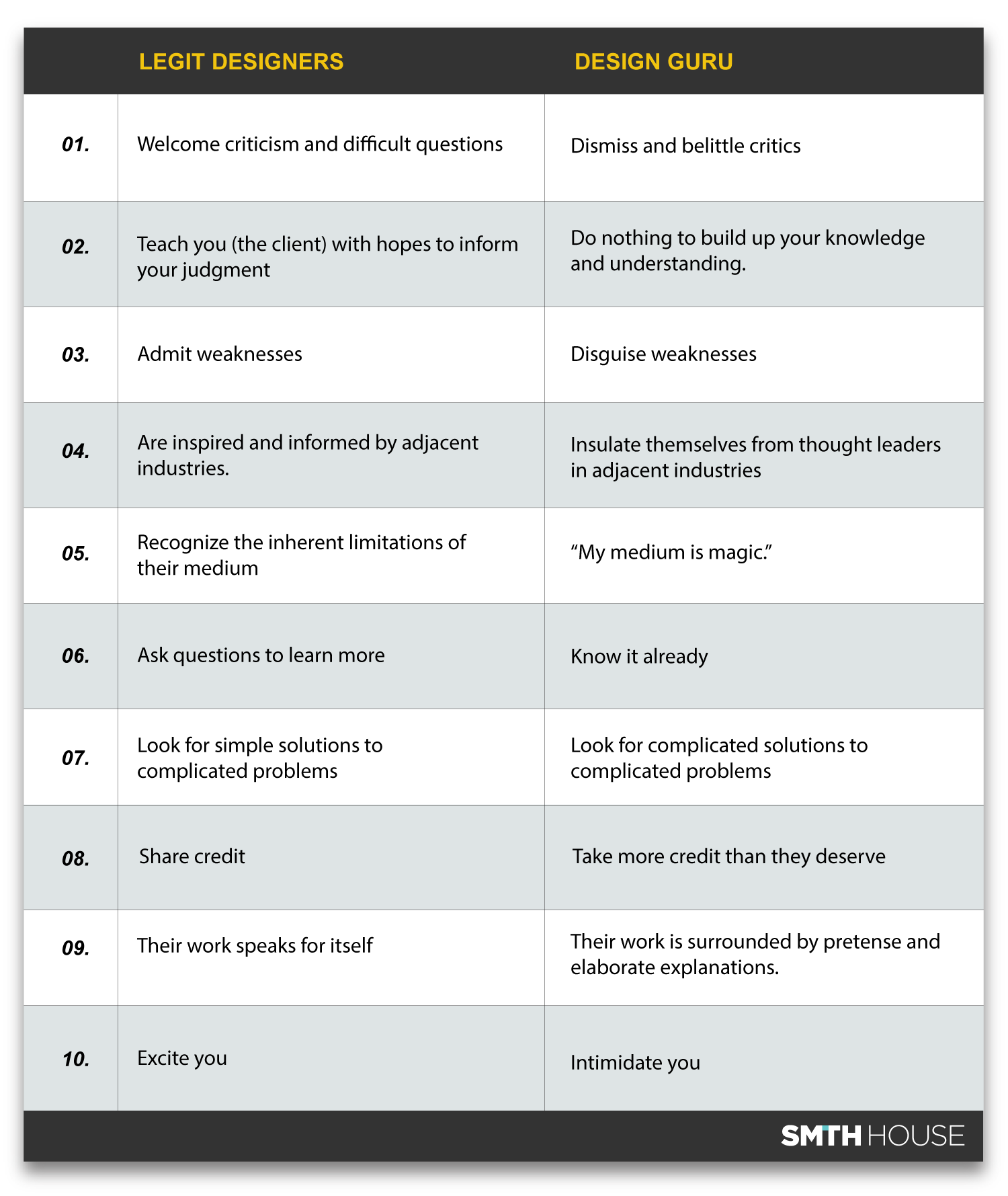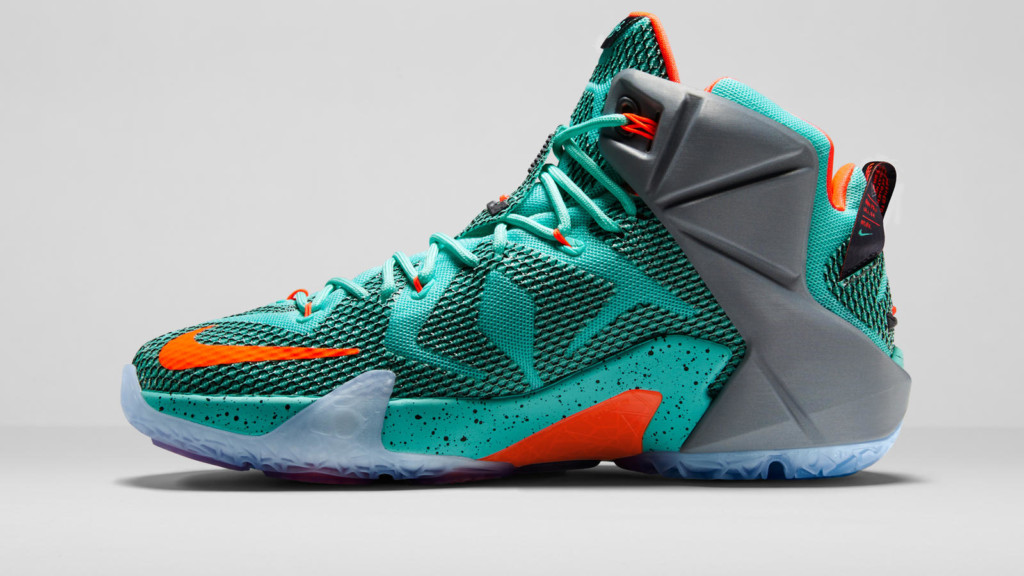For reasons I cannot understand, I’ve found myself surrounded by gurus wherever I go. I literally can’t escape them:
- When I listen to sports talk radio in the morning, I hear commercials from personal finance gurus eager to give away their books for financial freedom.
- In the afternoon when reviewing a video for a client on YouTube, I get a commercial from an aspiring guru promising rich rewards for social media and digital marking.
- At the end of the day, I open up Netflix and see Tony Robbins be the alpha-guru as he inspires legions of people at his high dollar sold out conferences. (I couldn’t make it past the first episode.)
It’s difficult to define modern-day gurus. They may have knowledge or experience, but mostly they have a rare ability to marshal attention from their audience. These gurus dazzle you with their rhetoric, rare charisma, and social media prowess. But ultimately their promises are too big, and their followers will be disappointed.
To illustrate what I’m talking about, let’s compare Design Gurus with Legit Designers.

01. Legit designers welcome criticism and hard questions.
Design gurus dodge the hard questions about their work. They dismiss and belittle critics. People stay out of their way to avoid conflict.
Legit designers affirm people who have the courage to ask hard questions about their work. They meet criticism with patience and steadiness. Legit designers shine within difficult situations when opinions differ.
02. Legit designers teach you (the client) with hope of informing your judgment.
Working with a legit designer should feel like you are attending a cool college course with a cool professor. You learn so much in each class, and you can’t help but leave the lecture hall excited to talk about what you’ve learned.
They gladly teach you what they know with hopes that the combined knowledge and experience of the team members of the project will create the best solution.
Design gurus won’t teach you what they know, because then they’ve created an educated critic. This is a threat.
03. Legit designers admit weakness.
We all know this to be true: any person of substance acknowledges their weaknesses. And I’m not talking about the cowardly weaknesses like, “I work too hard!” or “I don’t know when to give up!” because these are fake ways of bragging and we all know what’s going on. Lame!
I’m talking about bold, honest admissions of weakness. True designers know where they are excellent and where it matters, so they can be vulnerable and admit where they are weak. They will tell you where they are weak and know when to lean on others’ strengths to make a project successful.

[Legit Designers] will tell you where they are weak, and know when to lean on others’ strengths to make a project successful.
04. Legit Designers are inspired and informed by adjacent industries.
No field of expertise exists by itself. All the knowledge in our grown-up world touches one another.
This is why politicians now take selfies like teenagers do. This is why the Lean Methodology (i.e. Minimal Viable Product, Rapid Iteration) that started in software development has influenced all of Silicon Valley, and more and more of the traditional business world. Everything influences everything.
So when it comes to design, why would these not be influenced and informed by other parts of the design world? Let me give you an example.
When starting my own business in 2013, I was ready to create the logos and branding system for my own agency, Smith House, I knew that it had to be fresh.
I could have spent weeks exploring the web for inspiration, but instead, I went offline and back in time. I thought back to the exhilarating moment from my childhood when at the threshold of the 1990s, I saw the teal green and purple Charlotte Hornets uniform. The 12-year old Matt Smith almost fell out of his seat. I had never seen a color pairing that was so bold and so perfect. Thank you for the inspiration, Alexander Julian.
So I created the Smith House logomark and type mark, and then I injected TEAL GREEN.

The teal green lit me up with excitement, even if I was the only one. My wife was unsure. Other designers weren’t convinced. Potential clients were a little confused.
A little more than a year later, Nike did something bold. In October of 2014, Nike released the radical Lebron 12. It was teal green, gray, bold, geometric, and paint-splattered. If I had the money, I would’ve bought a pair. Even better, if there was a stock market for colors, I would’ve put my $200 bucks on teal green. I knew that it would be a profitable 5 years.



Without my nostalgia for the 1990s Charlotte Hornets, I probably wouldn’t have gone with teal green. But they did it well and inspired me, so I went forward with confidence. Maybe the designers at Nike did the same.
In contrast, I’ve found that the gurus ignore or belittle adjacent fields of design. Anything outside of their domain is inconsequential. (They are wrong.)
05. Legit designers understand the inherent limitations of their medium.
A cool website can’t fix a broken product. A dazzling branding system cannot make a weak company into a strong company. (We’ve tried. We did our best. And it doesn’t work.)
Design gurus believe that they can sprinkle their talent on any problem and everything will work every time. (Maybe a little Dunning Kruger Effect going on here.)
06. Legit designers don’t know it all. So they ask questions to learn more.
Legit designers should be voracious students of your industry. They will exhaust you with their curiosity. These designers will overwhelm you with questions that expose their ignorance. A legit designer will only relax after gaining sufficient knowledge of your problem to give you the best design solution.

“Any intelligent fool can make things bigger and more complex… It takes a touch of genius – and a lot of courage to move in the opposite direction.”
– E. F. SCHUMACHER
07. Legit designers look for simple solutions to complicated problems.
It’s easy for a designer to hide behind a fussy, elaborate solution because it overwhelms the client and keeps them at bay. It can also be more profitable because you’ll spend many many billable hours creating that complicated solution.
08. Legit Designers share credit. Gurus take more credit than they deserve.
Conversely, proposing a simple solution to a complicated problem leaves you feeling exposed and vulnerable.
When you work with legit designers, they will give credit to the members of their team for their contribution to the project. They don’t grab up all the credit. This is what it sounds like:
"Christopher is a talented designer that we've had on our staff. He's created dozens of logo concepts for your company, but I am pleased to share with you two clever ideas that I think you'll like..."
Also, honest designers will give credit to their clients for previous projects. In the same way, they give credit where credit is due.
09. Legit designers’ work speaks for itself.
When I meet with potential clients, I just show them some of the work we’ve done. If it’s a branding project, I push the papers across the table and let them flip through the pages and look closely at each of the logos in the branding system. If it’s a website, I hand the keyboard and mouse to them and encourage them to click around.
I let there be an awkward pause of silence just to let their eyes scan the screen or the page.
Only after they’ve had an honest moment to judge my work do I speak up. I will tell the story of each of those clients, what their problem was about, and how we came up with the design solution. I will talk about the constraints that we were given with time and budget. Then I talk about results. How did the story finish? How is the company better now after working with Smith House?
The point here is that if you are in any field of design, people should know deep in their gut what’s good and what’s not. A design guru can exalt average design with a mighty monologue. But on its own, the guru’s design is exposed for what it is: average.
…if our contribution to the world is pure hype, we’ve contributed nothing at all, only taking what was there to be taken.
10. Gurus intimidate you. Legit Designers excite you.
Lastly, when you’ve hired a design expert, you have intellectual excitement. Your brain fires up and your heart has permission to get excited too. Yes, this is “work,” but when has work ever been so fun? The people involved in the project arrive each morning alert, prepared, and ready to achieve the impossible.
In Conclusion…
I hope this blog will be helpful for you, especially when you hire an agency or consulting group to work alongside your company.
Also, on a personal level, we cannot ever settle for being a guru. Yes, you can dazzle people, build up quite a social media following, and even make a handsome living. But if our contribution to the world is pure hype, we’ve contributed nothing at all, only taking what was there to be taken.
To become legit at anything takes time, passion, and humility. It means caring about something long after everyone around you has lost interest. It may not bring quick fame or fortune, but your gifts have tremendous potential to mend society and culture that has been battered by greed and vanity. ◼️

